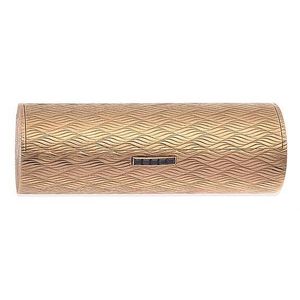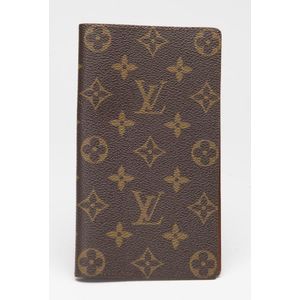Police Records of Colonial Victoria, the 'Gold Mounted Escort Muster Roll, 1852, Edward Hargraves became the first Australian to officially find gold in February 1851 at Summerhill Creek, near Bathurst, New South Wales. His success lured thousands of hopefuls from other states to New South Wales. A Melbourne merchant named William Hall noted, Astounding news reached us of the discovery of gold in the Bathurst district. I cannot describe the effect it had upon the sober, plodding and industrious people of Melbourne. Our labourers left us by ship-loads for the [gold]fields'and it became difficult to carry on trade, labour became so scarce and valuable., Victoria, which had only received autonomy from New South Wales six months earlier, was hard hit by this sudden population shift north. Victoria had a population of 77,000 free settlers, six million sheep and a lucrative wool trade worth £1,000,000 annually. Now, the streets of Melbourne were all but deserted and farms literally emptied., Alarmed, Victorian Governor Charles La Trobe assembled a Gold Discovery Committee on June 9, 1851, and offered a £200 reward to anyone who found payable amounts of gold within 200 miles of Melbourne. Donald Cameron of Clunes was the first to announce a discovery on July 8, 1851. Keen gold diggers rushed to Central Victoria. In August 1851, subsequent discoveries were made at Buninyong, followed in December at Bendigo. These goldfields later proved to be two of the richest in the world. Additional findings were also made at Anderson's Creek, Ararat, Mount Alexander and McIvnor's Creek. By Christmas 1851, an estimated 250,000 ounces of gold had been taken from the central Victorian region., Yet the discovery of gold did little for Victoria's economic woes. Melbourne remained largely deserted, with only the elderly, the sick, and women and children left to keep the fledgling urban community afloat. Even 80 per cent of the police force had resigned to go gold digging. Mark Twain, who visited Melbourne in 1895, reflected, This roaring avalanche swept out of Melbourne and left it desolate, Sunday-like, paralysed, everything at a stand-still, the ships lying idle at anchor, all signs of life departed, all sounds stilled save the rasping of the cloud-shadows as they scraped across the vacant streets., To raise money to fund gold digging expeditions, landowners put their Melbourne properties on the market, but there were of course few buyers around and prices dropped sharply. Wages tripled due to severe shortages in labour, and inflation set in. This trend was stoked by people returning flush from the goldfields and going on lavish spending sprees. Bread doubled in price, potatoes tripled and flour soared to £70 a ton. With a dearth of workers and rampaging inflation, crops were neglected and stockmen and farmers were on the verge of ruin., Swift and drastic action was needed to stabilise the situation, so the Victorian government pledged to guard the gold claims of those who chose to return home during planting and harvesting. The response was overwhelmingly positive., In order to transfer gold findings securely from the goldfields back to Melbourne, the government needed to assign armed gold escorts, drawn from what was left of its police force. The Native [Aboriginal] Police Corps were deployed, along with a number of convicts who had been co-opted into the police force. As with others returning from the diggings, the gold escorts were regular targets of bushrangers. The Native Police were of particular value in the event of such a highway robbery, given their skills in tracking bushrangers back into the bush with their stolen horde. The Native Police were also assigned to patrol the goldfields. Their duties included the unpopular tasks of collecting licence fees and checking issued licences., The Gold Mounted Escort Muster Roll 1852' is a key source in giving first-hand insight into who made up the gold escorts and thus how the goldfields were manage
You must be a subscriber, and be logged in to view price and dealer details.
Subscribe Now to view actual auction price for this item
When you subscribe, you have the option of setting the currency in which to display prices to $Au, $US, $NZ or Stg.
This item has been sold, and the description, image and price are for reference purposes only.
- Victorian Period - The Victorian period of furniture and decorative arts design covers the reign of Queen Victoria from 1837 to 1901. There was not one dominant style of furniture in the Victorian period. Designers used and modified many historical styles such as Gothic, Tudor, Elizabethan, English Rococo, Neoclassical and others, although use of some styles, such as English Rococo and Gothic tended to dominate the furniture manufacture of the period.
The Victorian period was preceded by the Regency and William IV periods, and followed by the Edwardian period, named for Edward VII (1841 ? 1910) who was King of the United Kingdom and the British Dominions and Emperor of India for the brief period from 1901 until his death in 1910.
This item has been included into following indexes:




